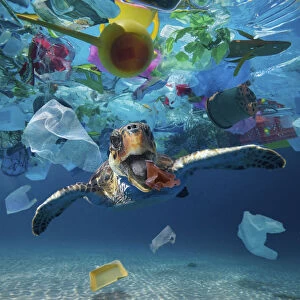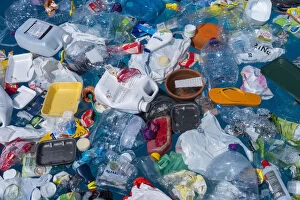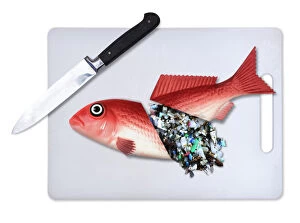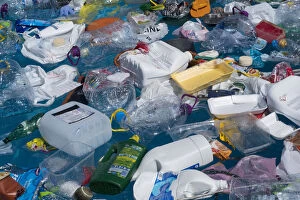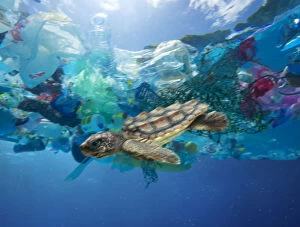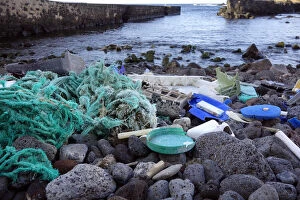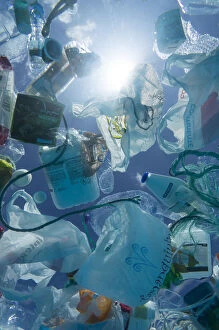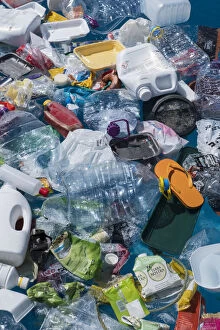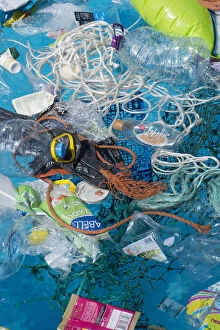Micro Plastics Collection
Microplastics are tiny particles of plastic that have become a major environmental concern
For sale as Licensed Images
Choose your image, Select your licence and Download the media
Microplastics are tiny particles of plastic that have become a major environmental concern. These minuscule fragments, depicted in pictures 12479494, 12479496, 12479488, 12479497, and 12479495, may seem harmless at first glance but pose a significant threat to our planet's ecosystems. In picture D-69426, we see the devastating impact of microplastics on marine life. Fish and other sea creatures often mistake these small particles for food, leading to ingestion and subsequent health issues. The consequences ripple through the entire food chain as predators consume contaminated prey. Picture D-69417 highlights how microplastics infiltrate even the most remote areas and can be found in Arctic ice cores and deep-sea sediments alike. Their widespread distribution raises concerns about their potential long-term effects on both terrestrial and aquatic organisms. The image captured in D-69416 reveals another alarming aspect: microplastics' ability to absorb harmful chemicals from their surroundings. As they accumulate toxins like pesticides or heavy metals over time, these particles become toxic time bombs threatening not only wildlife but also human health when ingested through seafood consumption or drinking water contamination. Furthermore, picture D-69415 demonstrates how easily microplastics enter our daily lives without us realizing it. From synthetic clothing fibers shedding during washing (D-69388) to cosmetic products containing tiny plastic beads (D-69339), these invisible pollutants find their way into rivers and oceans via wastewater systems. Finally, picture D-69330 emphasizes the urgent need for action against this growing crisis. Governments worldwide must implement stricter regulations on plastic production and disposal methods while encouraging sustainable alternatives such as biodegradable materials or recycling initiatives, and is crucial that we raise awareness about microplastic pollution (not related to Picture No. s mentioned above) because every choice we make has an impact on our environment's future – whether it be reducing single-use plastics, supporting eco-friendly brands, or participating in beach cleanups.

